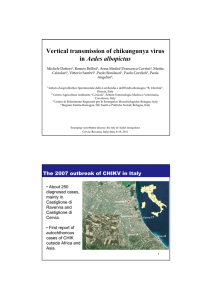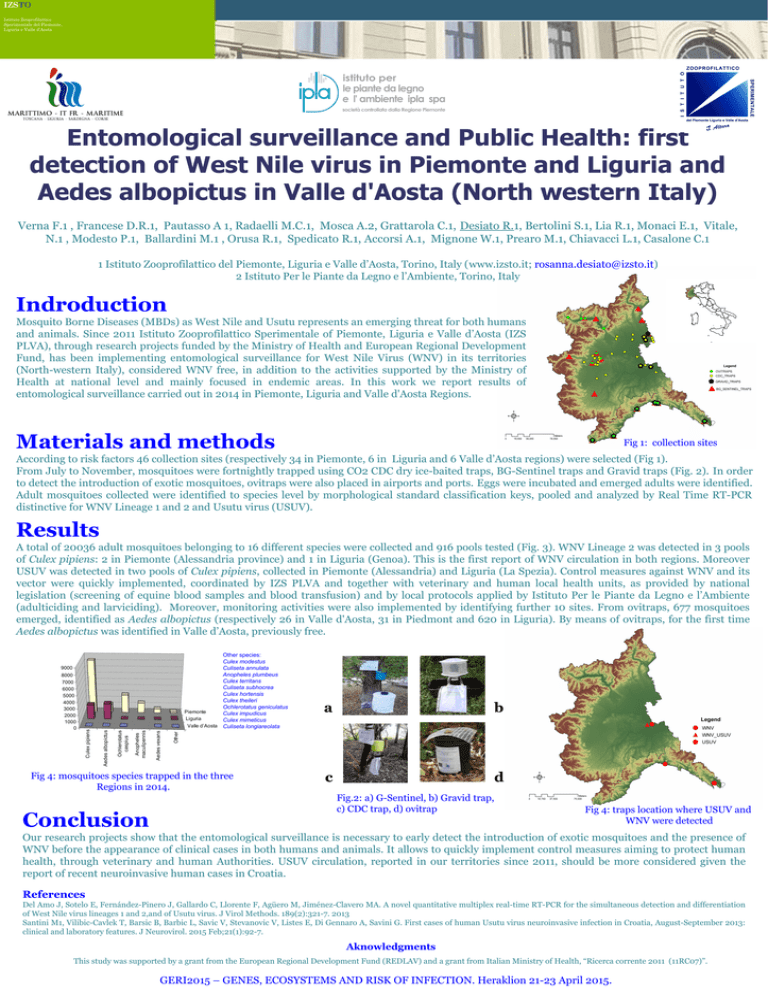
IZSTO
Istituto Zooprofilattico
Sperimentale del Piemonte,
Liguria e Valle d’Aosta
Entomological surveillance and Public Health: first
detection of West Nile virus in Piemonte and Liguria and
Aedes albopictus in Valle d'Aosta (North western Italy)
Verna F.1 , Francese D.R.1, Pautasso A 1, Radaelli M.C.1, Mosca A.2, Grattarola C.1, Desiato R.1, Bertolini S.1, Lia R.1, Monaci E.1, Vitale,
N.1 , Modesto P.1, Ballardini M.1 , Orusa R.1, Spedicato R.1, Accorsi A.1, Mignone W.1, Prearo M.1, Chiavacci L.1, Casalone C.1
1 Istituto Zooprofilattico del Piemonte, Liguria e Valle d’Aosta, Torino, Italy (www.izsto.it; [email protected])
2 Istituto Per le Piante da Legno e l’Ambiente, Torino, Italy
Indroduction
Mosquito Borne Diseases (MBDs) as West Nile and Usutu represents an emerging threat for both humans
and animals. Since 2011 Istituto Zooprofilattico Sperimentale of Piemonte, Liguria e Valle d’Aosta (IZS
PLVA), through research projects funded by the Ministry of Health and European Regional Development
Fund, has been implementing entomological surveillance for West Nile Virus (WNV) in its territories
(North-western Italy), considered WNV free, in addition to the activities supported by the Ministry of
Health at national level and mainly focused in endemic areas. In this work we report results of
entomological surveillance carried out in 2014 in Piemonte, Liguria and Valle d'Aosta Regions.
Materials and methods
Fig 1: collection sites
According to risk factors 46 collection sites (respectively 34 in Piemonte, 6 in Liguria and 6 Valle d’Aosta regions) were selected (Fig 1).
From July to November, mosquitoes were fortnightly trapped using CO2 CDC dry ice-baited traps, BG-Sentinel traps and Gravid traps (Fig. 2). In order
to detect the introduction of exotic mosquitoes, ovitraps were also placed in airports and ports. Eggs were incubated and emerged adults were identified.
Adult mosquitoes collected were identified to species level by morphological standard classification keys, pooled and analyzed by Real Time RT-PCR
distinctive for WNV Lineage 1 and 2 and Usutu virus (USUV).
Results
A total of 20036 adult mosquitoes belonging to 16 different species were collected and 916 pools tested (Fig. 3). WNV Lineage 2 was detected in 3 pools
of Culex pipiens: 2 in Piemonte (Alessandria province) and 1 in Liguria (Genoa). This is the first report of WNV circulation in both regions. Moreover
USUV was detected in two pools of Culex pipiens, collected in Piemonte (Alessandria) and Liguria (La Spezia). Control measures against WNV and its
vector were quickly implemented, coordinated by IZS PLVA and together with veterinary and human local health units, as provided by national
legislation (screening of equine blood samples and blood transfusion) and by local protocols applied by Istituto Per le Piante da Legno e l’Ambiente
(adulticiding and larviciding). Moreover, monitoring activities were also implemented by identifying further 10 sites. From ovitraps, 677 mosquitoes
emerged, identified as Aedes albopictus (respectively 26 in Valle d'Aosta, 31 in Piedmont and 620 in Liguria). By means of ovitraps, for the first time
Aedes albopictus was identified in Valle d’Aosta, previously free.
Other species:
Culex modestus
Culiseta annulata
Anopheles plumbeus
Culex territans
Culiseta subhocrea
Culex hortensis
Culex theileri
Ochlerotatus geniculatus
Piemonte
Culex impudicus
Liguria
Culex mimeticus
Valle d’Aosta Culiseta longiareolata
Fig 4: mosquitoes species trapped in the three
Regions in 2014.
Conclusion
a
b
c
d
Other
Aedes vexans
Anopheles
maculipennis
Ochlerotatus
caspius
Aedes albopictus
8000
7000
6000
5000
4000
3000
2000
1000
0
Culex pipiens
9000
Fig.2: a) G-Sentinel, b) Gravid trap,
c) CDC trap, d) ovitrap
Fig 4: traps location where USUV and
WNV were detected
Our research projects show that the entomological surveillance is necessary to early detect the introduction of exotic mosquitoes and the presence of
WNV before the appearance of clinical cases in both humans and animals. It allows to quickly implement control measures aiming to protect human
health, through veterinary and human Authorities. USUV circulation, reported in our territories since 2011, should be more considered given the
report of recent neuroinvasive human cases in Croatia.
References
Del Amo J, Sotelo E, Fernández-Pinero J, Gallardo C, Llorente F, Agüero M, Jiménez-Clavero MA. A novel quantitative multiplex real-time RT-PCR for the simultaneous detection and differentiation
of West Nile virus lineages 1 and 2,and of Usutu virus. J Virol Methods. 189(2):321-7. 2013
Santini M1, Vilibic-Cavlek T, Barsic B, Barbic L, Savic V, Stevanovic V, Listes E, Di Gennaro A, Savini G. First cases of human Usutu virus neuroinvasive infection in Croatia, August-September 2013:
clinical and laboratory features. J Neurovirol. 2015 Feb;21(1):92-7.
Aknowledgments
This study was supported by a grant from the European Regional Development Fund (REDLAV) and a grant from Italian Ministry of Health, “Ricerca corrente 2011 (11RC07)”.
GERI2015 – GENES, ECOSYSTEMS AND RISK OF INFECTION. Heraklion 21-23 April 2015.

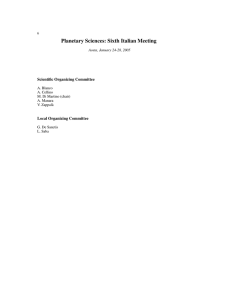
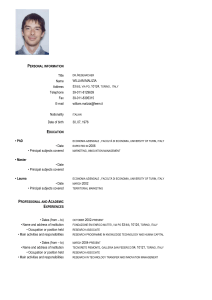
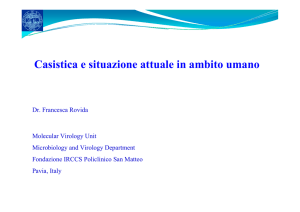
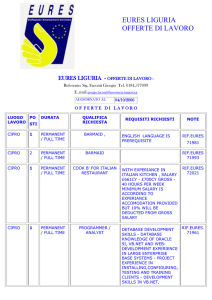
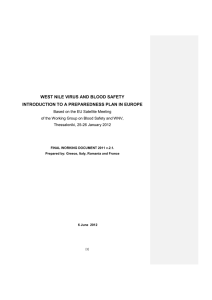
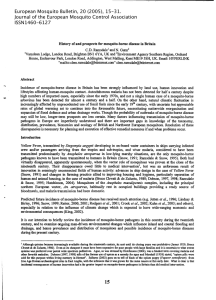
![Yellow-Fever_SA_2012-Ox_CNV [Converted]](http://s1.studylibit.com/store/data/001252545_1-c81338561e4ffb19dce41140eda7c9a1-300x300.png)
